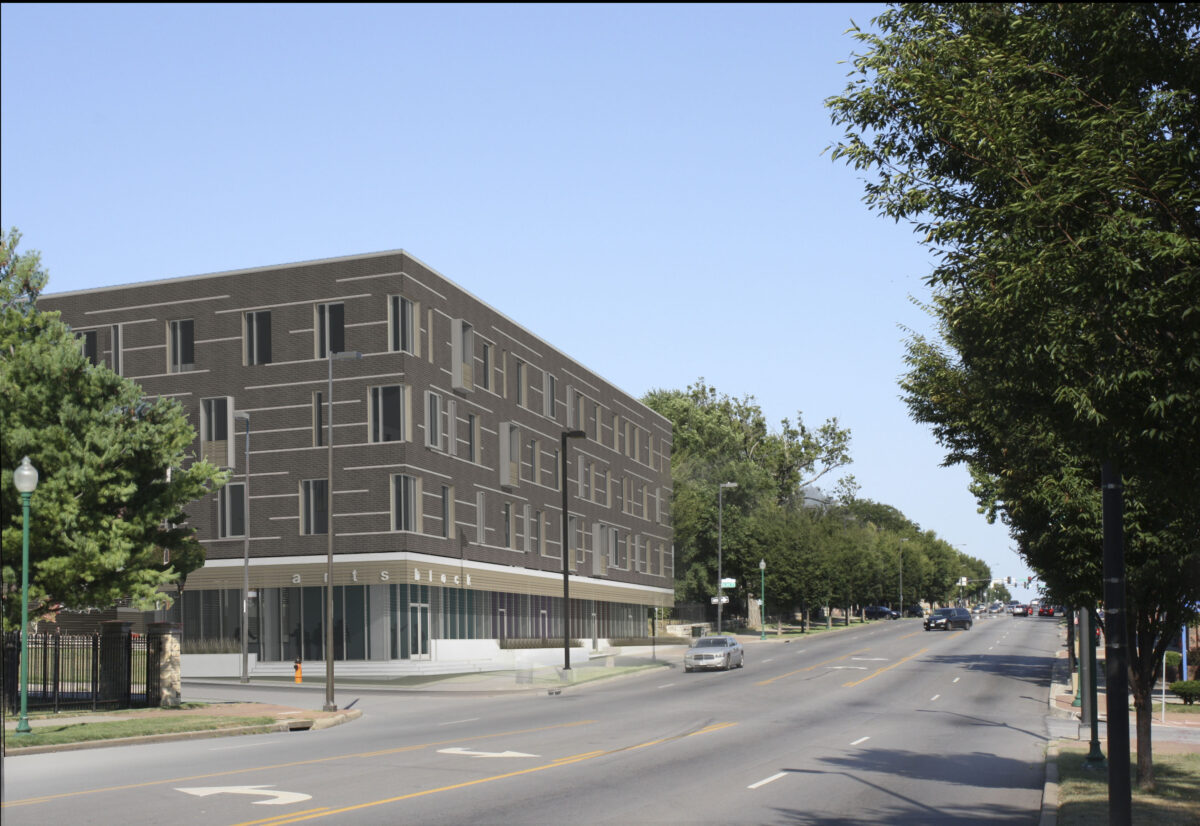
RobyLane Kelley
Editorial Assistant
Behind the Epidemic
Supply and demand is not a foreign concept; High demand for a product with low supply means the product seller can mark up its prices. The need to buy out of necessity continues, which includes housing. Many recent studies have shown Kansas City Metro lacks the number of dwellings – rentals, and otherwise – to adequately house its citizens within city boundaries.
The Mid-America Regional Council (MARC) stated in its June 25 review, that Kansas City has yet to recover, since the 2008 recession. MARC suggests that Kansas City has “underbuilt” since this recession — resulting in a shortage of anywhere from 12,000 to 24,000 dwellings.
This study says while the metro does continue to build roughly 6,700 units annually, this will not be sufficient to close the gap. Without factoring in population growth, MARC says the city would need to build at least 10,000 units per year for a decade to meet current needs.
Crunching the Numbers
Homeowners continue to struggle as well — comparing house-hunting for first-time homebuyers to searching for an oasis in the middle of a housing desert. According to Redfin, in May 2019, the average cost of a home in Kansas City, Mo., was $208,000, with 869 homes sold. This same data states that May 2024 saw homes sold for an average of $280,000, with 760 homes sold.
comparatively, in Kansas City, Kan., May 2019 data shows 177 houses sold for an average of $145,750. May 2024 shows 127 homes sold in said area for an average of $225,000.
With supply low and demand high, rent and home prices are skyrocketing. However, minimum wage has also risen during this time. In 2019, the minimum wage in Missouri was $8.60, and as of January 2024, it now sits at $12.30. Although, data from the MIT Living Wage Calculator suggests this increase is not livable. This data is broken down by living expenses including rent, food and medical, among others.
The livable wage provided with its data – last updated in February 2024 – based on the number of adults and children, which occupy a household. The foundation of this data states that one working adult with no children works at a poverty wage of $7.24, a minimum wage of $12.30 and a livable wage of $21.70. Nearing the Kansas border, some Missouri citizens may be working for Kansas’s Federal minimum wage at $7.25 – only a penny above the previously stated poverty wage.
Working Toward Solutions
Kansas City has generated programs — including grants — to help citizens find affordable housing. Many of these grants are for property owners, so they can build or revitalize their area. These grants include: Rebuild KC, Choice Neighborhood – one of the grants, which helped fund Samuel Rodgers Place and the Housing Trust Fund.
A housing application is available for Kansas City, Mo., residents called the Public Housing Program through the Housing Authority of Kansas City (HAKC). According to its website, eligibility will be based on “annual gross income, U.S. citizenship or eligible immigration status, local federal preference and criminal record.”
This local federal preference is separated into three groups.
1: Working, Work Training Program, Elderly and Disabled
2: Homeless, Job Training Program, Housing Factor and Rent Burden
3: Non-Preference
After “initial” eligibility is met, HAKC will request additional documentation to ensure tenants will meet qualifications for the environment they are working to cultivate. Space is limited through the program as the number of units it operates through is over 1,900.
Federal grants for housing, eligibility information and applications can be found at https://www.usgrants.org/missouri/90511-kansas-city-missouri-housing-grants.
















